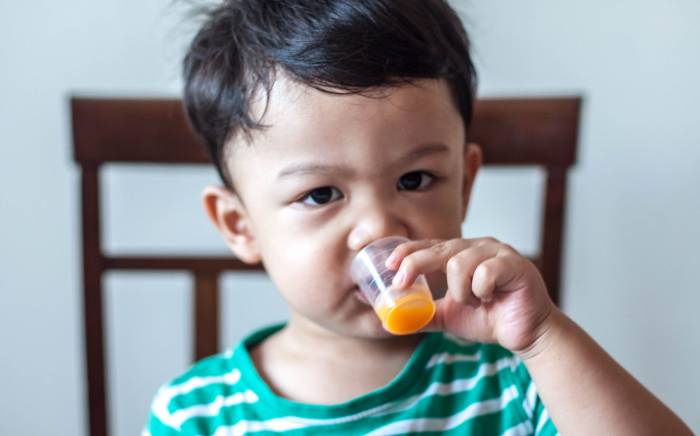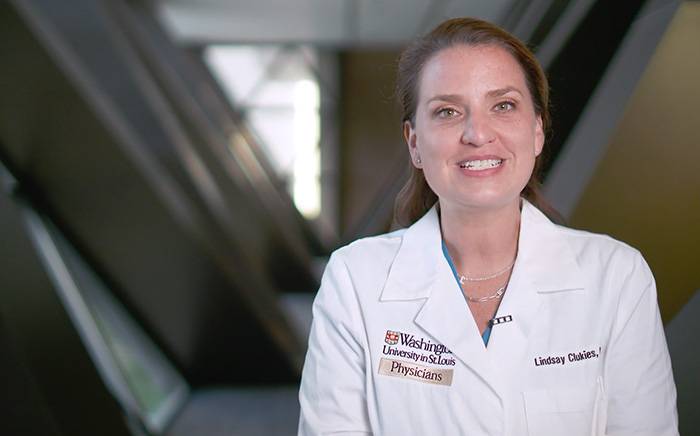
April 26, 2016, 12:25 p.m.
Dr. Kelly L. Ross
Yes, I know, it is not exactly “a top of the evening news” exciting subject. But, with 3.6 million babies born each year in the US and an estimated 60% of term and 80% of preterm babies becoming jaundiced, getting the dish on babies turning yellowish is important. You probably thought labor and delivery of your baby were going to be the hardest part of becoming a new mom. That is behind you now and you’ve been up all night trying to get your beautiful baby to breastfeed, or at least stop screaming, and then you learn that your baby is Coombs positive and the tears you fought all night begin to fall. Yes, this is all very overwhelming. But it is all going to be ok. Grab a tissue, take a deep breath and read on.
What problems can occur for my baby when a Coombs test is positive?
Let’s talk first about the problems that the Coombs test can help to identify to understand why it is tested. Then we can explain what the test measures and means.
There are two main problems that can happen in babies when a Coombs test is positive: anemia and jaundice. The confusing part is that very few babies who are Coombs positive will have these problems, and some babies that are Coombs negative can still develop them. So, a positive test tells us it is more important to watch for anemia and jaundice, not which babies are going to need treatment.
Anemia: too few red blood cells
Anemia means there are fewer red blood cells (RBCs) than normal. The main role of RBCs is to carry oxygen. Babies that are very anemic appear pale, feed poorly, can be very sleepy to the point of lethargy and have elevated rates of breathing and heartbeats (pulses). Babies with severe anemia may need oxygen, IV fluids to support nutrition and may even need a blood transfusion. Coombs (DAT) positive babies are at risk for anemia; most do not become anemic.
Jaundice: the dish on yellow-ish
Jaundice is a yellow color to a newborn’s skin and the white parts of the eyes. Almost all newborns develop mild jaundice. It usually gets better or goes away on its own. It is a sign that there’s too much bilirubin in the baby’s bloodstream. The word for having too much bilirubin in the bloodstream is hyperbilirubinemia. Coombs positive babies are at higher risk for hyperbilirubinemia. Jaundice should be taken seriously. In rare cases, if the bilirubin level reaches a very high level and isn’t treated, it can cause brain damage called kernicterus which can lead to serious lifelong problems.
What does it mean when a baby is Coombs positive?
It means that a blood test, called a Coombs test, or Direct Antibody Test (DAT), was done on your baby and was positive. This test is often performed on newborn babies. Usually, the blood is taken from the baby’s cord while it is attached to the placenta following delivery. Sometimes it is taken from the baby. The test looks for markers of a reaction between the blood group of the mom and her baby.
When a baby is born (and sometimes during the pregnancy), some of the blood between the mom and baby mixes. A small amount of mom’s blood enters the baby’s bloodstream. Sometimes this mixing can become a problem for the baby.
Mom and baby can have different blood types
Because of this, all pregnant women have a blood test during pregnancy to determine their blood group. A blood type (also called a blood group) is a classification of blood based on the presence or absence of substances on the surface of red blood cells (RBCs). There are major blood groups: A, B, AB or O. There are many minor blood types, the most common is the Rhesus (Rh) which can be either “positive” or “negative.”
Your blood type is listed as a combination of these two groups, for example, O- or A+. There are many other types of less common minor blood groups that are not usually included in naming your blood type. These may be important during the pregnancy of some women; your doctor will tell you if this is true for you. Your baby’s blood group is inherited from both parents. It is common that a baby will have a different blood group than the mother.
Reactions between mom and baby blood
Sometimes mom and baby have the same blood groups. Commonly, a baby will have a different blood group than the mother. When the blood groups differ, a mother’s blood may “see” the baby’s blood group as different and produce substances called antibodies. These antibodies can cross into the baby’s bloodstream and cause their red blood cells to break. This antibody reaction is detected by the Coombs (DAT) test. Pregnant women who are Rhesus negative (Rh-) may receive a shot called Rho(D) immune globulin during pregnancy to prevent them from making antibodies against their baby’s blood. Sometimes this injection can cause the Coombs test to be positive. Babies that are Coombs positive for this reason do not develop anemia and jaundice.
What happens next for my baby?
It is important to keep working on feeding because we know that poor feeding can worsen jaundice. Medical staff will also monitor your baby closely. Jaundice and anemia can be monitored by physical exams, a special instrument called a bilimeter and blood tests, as needed. High jaundice levels will be treated with phototherapy. Phototherapy is the treatment of jaundice using a special light to help the baby’s body break down bilirubin so it can be eliminated from the body. In rare cases, babies need more extensive treatment and support, and the medical staff will explain exactly what is needed for your baby if that occurs.
Going Home
Most babies that are Coombs (DAT) positive go home at the usual time. It is possible that the anemia and jaundice may worsen after your baby has gone home. So, they will need to be seen again within a few days of going home. Your baby’s progress will be assessed, and further blood tests may be needed.
When can I stop worrying? Will there be any long-term problems?
Close monitoring of your baby regarding severe anemia and hyperbilirubinemia in the first few weeks following birth is important to provide the treatment each baby needs. Most babies do not have any long-term problems. Because the mom’s blood and baby’s blood doesn’t mix any more after delivery, the reaction in the baby’s bloodstream slowly resolves and the baby naturally makes more new red blood cells.
 Kelly L. Ross, MD, is an assistant professor in the Department of Newborn Medicine at Washington University School of Medicine in St. Louis and a pediatric hospitalist at St. Louis Children’s Hospital. She also serves as Director of Pediatric Hospitalist Medicine at Missouri Baptist Medical Center. As mother of premature triplets, Dr. Ross’ clinical interests include multiple birth, neonatal prematurity especially the late preterm infant and post-partum depression, especially as it relates to high risk pregnancies.
Kelly L. Ross, MD, is an assistant professor in the Department of Newborn Medicine at Washington University School of Medicine in St. Louis and a pediatric hospitalist at St. Louis Children’s Hospital. She also serves as Director of Pediatric Hospitalist Medicine at Missouri Baptist Medical Center. As mother of premature triplets, Dr. Ross’ clinical interests include multiple birth, neonatal prematurity especially the late preterm infant and post-partum depression, especially as it relates to high risk pregnancies.










